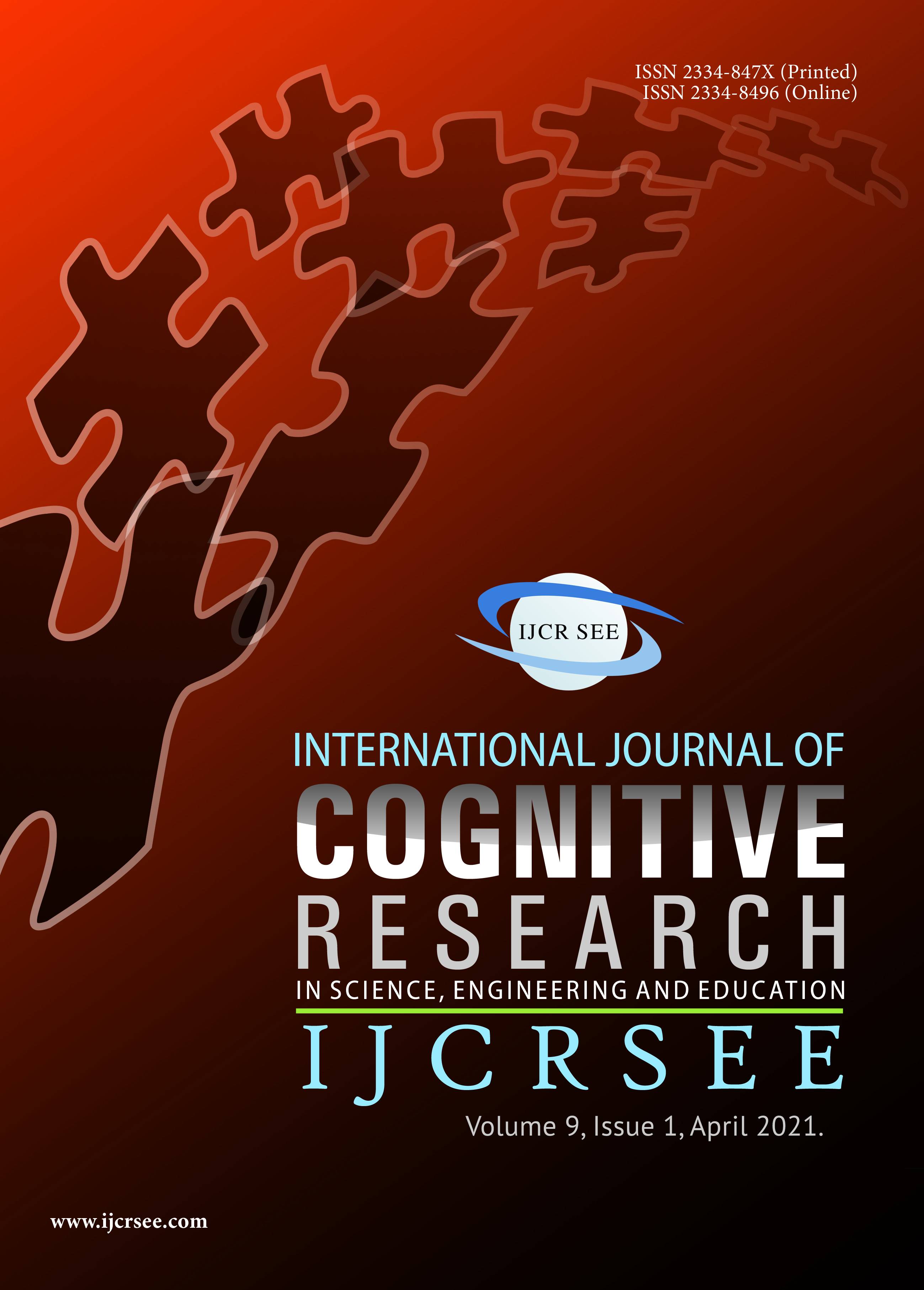The Development of the STEM (Science, Technology, Engineering, and Mathematics) Attitude and Motivation Survey Towards Secondary School Students
The Development of the STEM (Science, Technology, Engineering, and Mathematics) Attitude and Motivation Survey Towards Secondary School Students
Author(s): Tolga GokSubject(s): School education
Published by: Удружење за развој науке, инжењерства и образовања
Keywords: attitude; integrated STEM education; motivation; secondary school
Summary/Abstract: The purpose of the research was to determine the secondary school students’ attitude and motivation toward STEM. For this purpose, two field studies for developing a survey were conducted. The first field study, pilot study, was performed for collecting the research data and making statistical analysis of the research data. After completing statistical analysis procedures (Explanatory Factor Analysis and Confirmatory Factor Analysis) of the pilot survey, the reliability and validity of the pilot survey was calculated. The statistical results indicated that the pilot survey was reliable and it also had four sub-factors. The second field study, main study, was performed for comparing and discussing the research data. The research was applied to 2912 students at different 14 secondary schools during the academic year of 2018-2019 at Izmir, Turkey. The students’ results in the metropolitan and suburban regions of the city were compared. The results indicated the decrease in the attitude and motivation of students at higher levels in both regions toward STEM. When the results of the research were evaluated in terms of the sub-factors, the science and engineering values of secondary school students in the suburban were higher than the values of the students in metropolitan. It was not found a significant difference between the students’ technology and mathematics values for both metropolitan and suburban. There was a significant difference between the 7th grade students’ science, technology, engineering, and mathematics values instructed in metropolitan and suburban in favor of the students instructed in suburban. It was calculated that there was not a significant difference between the 6th and 8th grade students’ all values for both the regions. It was only calculated that there was a significant difference between the 5th grade students’ mathematics value. Investigations on gender factors showed that the female students’ science, technology, engineering, and mathematics values were generally lower than the male students’ values for both the regions.
Journal: International Journal of Cognitive Research in Science, Engineering and Education (IJCRSEE)
- Issue Year: 9/2021
- Issue No: 1
- Page Range: 105-119
- Page Count: 15
- Language: English

